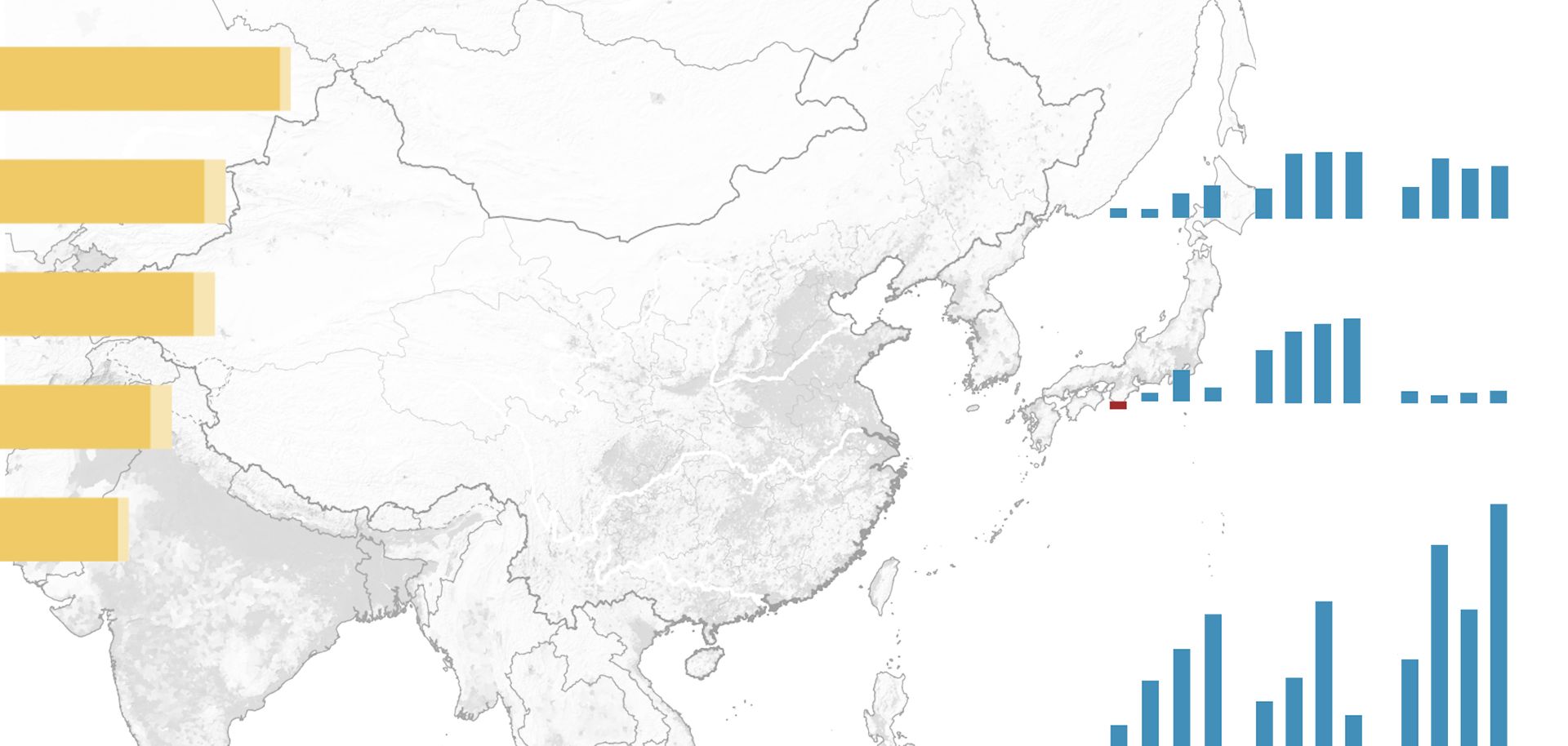
The Silk Road refers to a series of overland trade routes connecting Asia to Europe via Central Asia, South Asia and the Middle East that dates as far back as 1600 B.C. One of the main routes passes through southern Kazakhstan or Kyrgyzstan to Uzbekistan. From there, it might run to either Afghanistan or Iran and then further west. Discussions for the creation of a railway along the Silk Road to China began in the 1950s, but mutual distrust between Beijing and Moscow prevented progress. Only after the fall of the Soviet Union did a rail project linking Central Asia and China materialize. However, the system has deficiencies; the rail gauge changes from China to Kazakhstan, creating a host of issues that will also be present in future Silk Road railroad projects. China is looking to make a much more robust rail system into Central Asia along the more traditional Silk Road routes of the southern Central Asian states. Plans for a China-Kyrgyzstan-Uzbekistan line have been under negotiation since 1997 but have been stalled until now. This proposed rail project would be 268 kilometers (167 miles) long and would run from the Chinese market town of Kashgar in Xinjiang through Kyrgyzstan's Kara-Suu before ending in Uzbekistan's Andijan. Beijing's ultimate goal is to connect this route through Afghanistan and Iran to the much larger, more lucrative markets in Turkey and Europe. There is already a robust rail system in Iran, Turkey and Europe, so China needs only to connect to those countries' networks to gain access to their markets.



